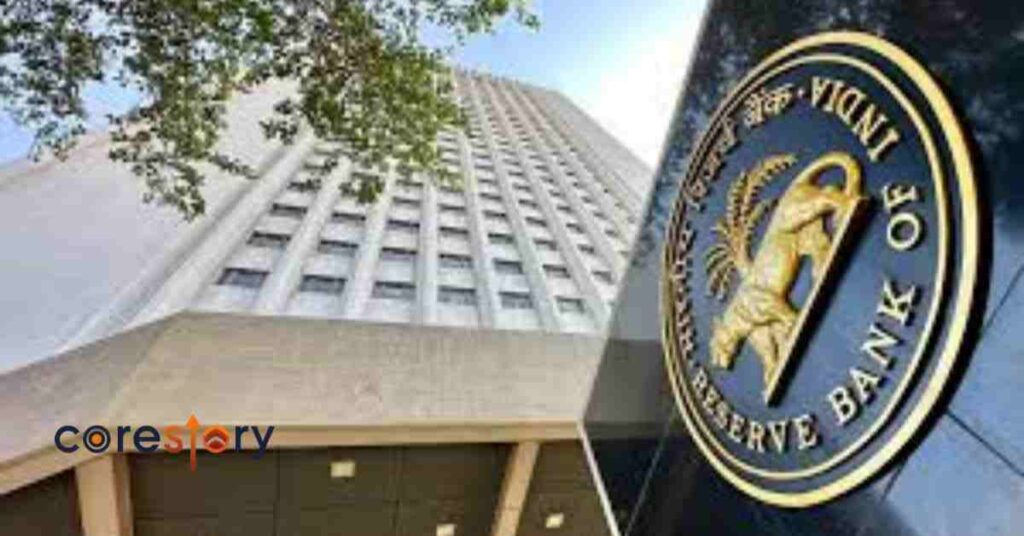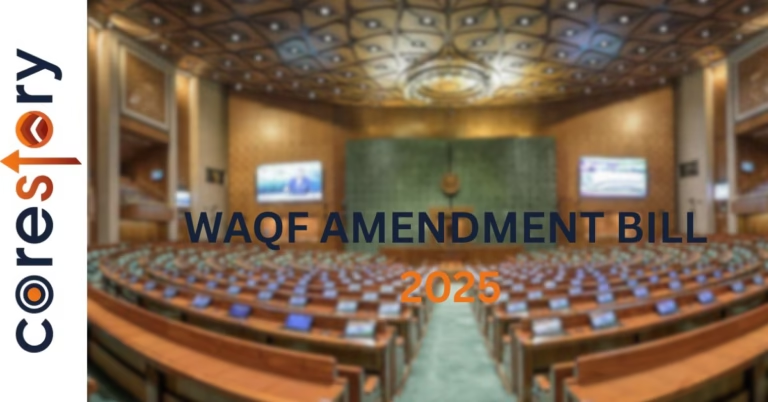
With the government unveiling a growth-supportive budget focused on fiscal prudence, all eyes are now on the Reserve Bank of India’s (RBI) Monetary Policy Committee (MPC) decision, scheduled for Friday. Economists widely expect the MPC to cut the repo rate—the rate at which RBI lends to banks—by 25 basis points to 6.25% in the upcoming meeting from February 5 to 7. This would be the first rate cut in nearly five years and is aimed at boosting economic growth, which has slowed considerably.
The central bank is also anticipated to revise its growth and inflation projections while maintaining its neutral stance. This MPC meeting will be the first under the new RBI Governor, Sanjay Malhotra, and also the first post the Union Budget announcement on February 1, which offered significant tax relief to taxpayers earning up to Rs 12 lakhs.
Economic Context and Expectations
The MPC is expected to factor in the recent depreciation of the rupee and the risk of imported inflation in the medium term. Easing inflationary pressures and the growth-supportive fiscal measures in the budget are expected to influence the RBI’s decision. The markets will closely monitor the RBI’s guidance on liquidity management amidst the depreciation of the currency.
Meanwhile, the rupee plummeted 39 paise on Wednesday to hit an all-time low of 87.46 against the US Dollar. This depreciation was partly driven by global trade war concerns that spurred risk aversion among investors. The rupee opened weak at 87.13 and touched an intraday low of 87.49 before closing at a record low.
Expert Opinions
Ashutosh Khajuria, former executive director at Federal Bank, noted that while inflation shows signs of easing and economic growth indicators are improving, concerns remain about the falling rupee. However, he emphasized that this is not unique to India but part of a broader trend affecting emerging markets due to the strength of the US dollar. He expects that with the Union Budget’s fiscally prudent and growth-supportive measures, the RBI could cut the repo rate by 25 basis points and introduce measures to inject durable liquidity.
Growth Projections
India’s economic growth is projected to decline to 6.4% in FY25, its lowest in four years, largely due to a potential slowdown in manufacturing and investment growth. In December 2024, the RBI revised its GDP growth forecast for the current fiscal year down to 6.6% from an earlier 7.2%. The central bank has kept the repo rate steady at 6.5% since April 2023, following a cumulative 250-basis-point increase between May 2022 and February 2023 to control inflation.
In the last MPC meeting, the RBI changed its stance from “Withdrawal of accommodation” to “Neutral,” signaling openness to rate cuts. “Inflation, driven by softer food prices, is expected to decline further, bringing the Consumer Price Index (CPI) closer to the MPC’s 4% target. The combination of a tighter fiscal stance and expectations of lower inflation paves the way for rate cuts,” said Dipti Deshpande, Principal Economist at Crisil Ltd. She anticipates the MPC will reduce the repo rate by 25 basis points while keeping liquidity conditions supportive.
- India’s Push to Become a Global Semiconductor Innovation Hub: Can It Succeed?
- Dr. Laila Mintas Joins Board of Rules X, Operating Partner of European T20 Premier League
- Q-Commerce Rider Experience Gets Real – Aum Vats (@aumvats) Breaks It Down
- Lok Sabha Passes Waqf (Amendment) Bill 2025: Key Details and Reactions
- The Rise of Tier-2 City Startups in India: A New Frontier Beyond Metros





